research report components
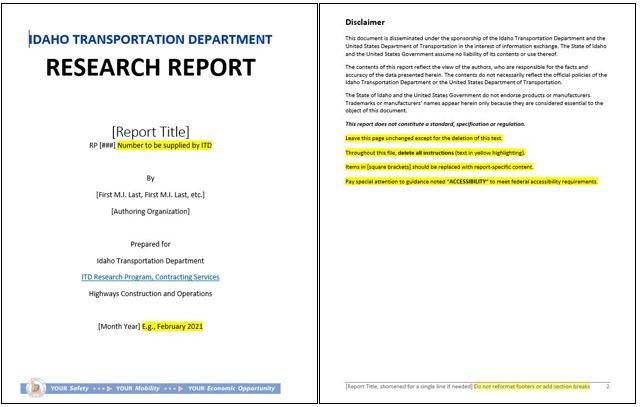
Introduction: Understanding the Components of a Research Report
In the realm of academic and professional inquiry, the research report stands as a vital instrument for conveying the intricacies of a study’s findings. By distilling complex data and analyses into a structured format, research reports enable readers—from scholars to industry professionals—to grasp the implications of new knowledge with clarity and precision. Each component of a research report plays a critical role in this communication process, ensuring that the journey from hypothesis to conclusion is both coherent and compelling.
Whether delving into the methodological choices that shape the research approach or dissecting the implications of the findings, understanding the essential components of a research report is key to both producing and interpreting scholarly work. As we explore the various sections that comprise a research report, we will uncover how each part contributes to the overarching narrative and rigor of research—transforming inquiries into actionable insights for diverse audiences.
Join us as we embark on this exploration of the foundational elements that not only structure a research report but also enrich our understanding of the investigation process and its outcomes.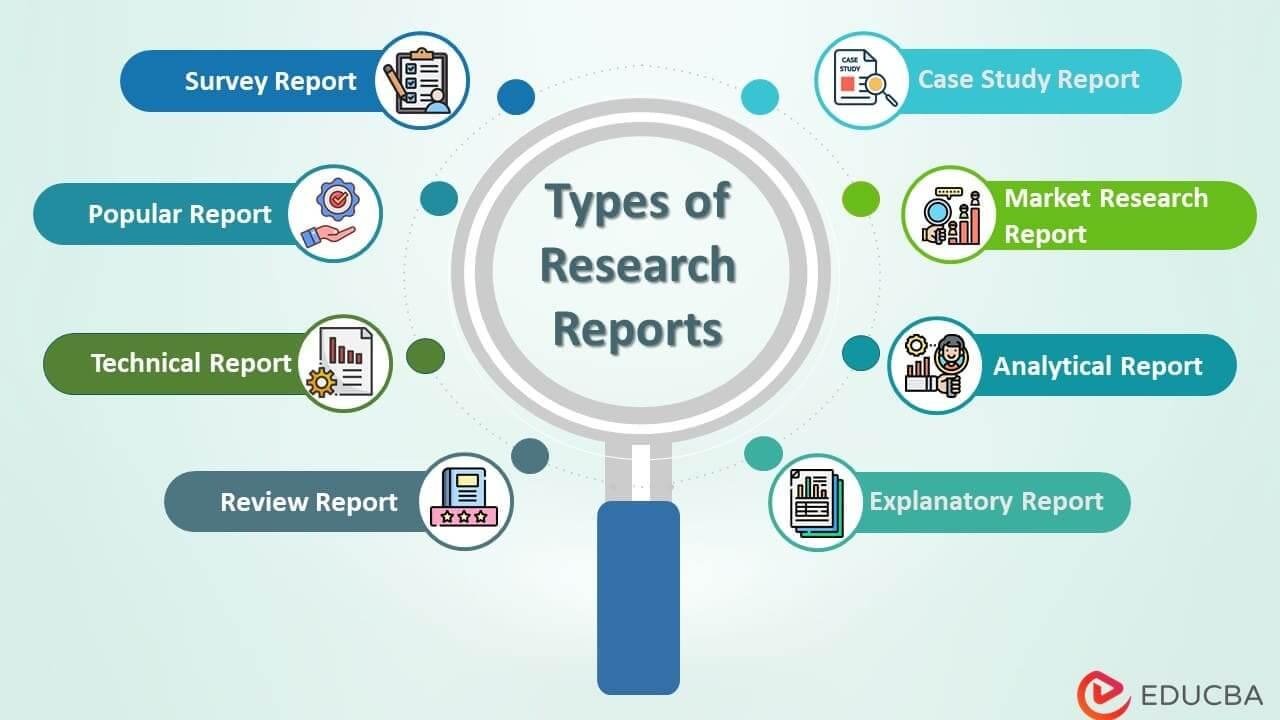
Understanding the Essential Elements of a Research Report
At the heart of every robust research report lies a collection of essential components that provide structure and clarity. Each segment serves a specific purpose, contributing to the overall narrative of the study. Key elements typically include:
- Title Page: This section contains the report’s title, author(s), and affiliation.
- Abstract: A concise summary of the entire report, presenting the main objectives, methods, findings, and conclusions.
- Introduction: This establishes the context, outlines the research problem, and articulates the study’s objectives.
- Methodology: Detailed accounts of the research design, sample selection, data collection techniques, and analysis procedures.
- Results: Presentation of the findings in a clear manner, often enhanced with tables and figures.
- Discussion: Interpretation of results, implications, and any limitations of the study.
- References: A thorough list of sources that were cited throughout the report.
To illustrate how these components interconnect, consider the table below, showcasing a simplified breakdown of a hypothetical research report:
| Component | Key Purpose |
|---|---|
| Title | Grabs attention and conveys the essence of the research. |
| Abstract | Provides a snapshot for readers to quickly gauge the study’s relevance. |
| Introduction | Frames the research question within the broader context. |
| Methodology | Ensures transparency and reproducibility of the study. |
| Results | Delivers the evidence without bias or interpretation. |
| Discussion | Engages with the implications and broader relevance of findings. |
| References | Lists all works cited, giving credit and allowing further reading. |
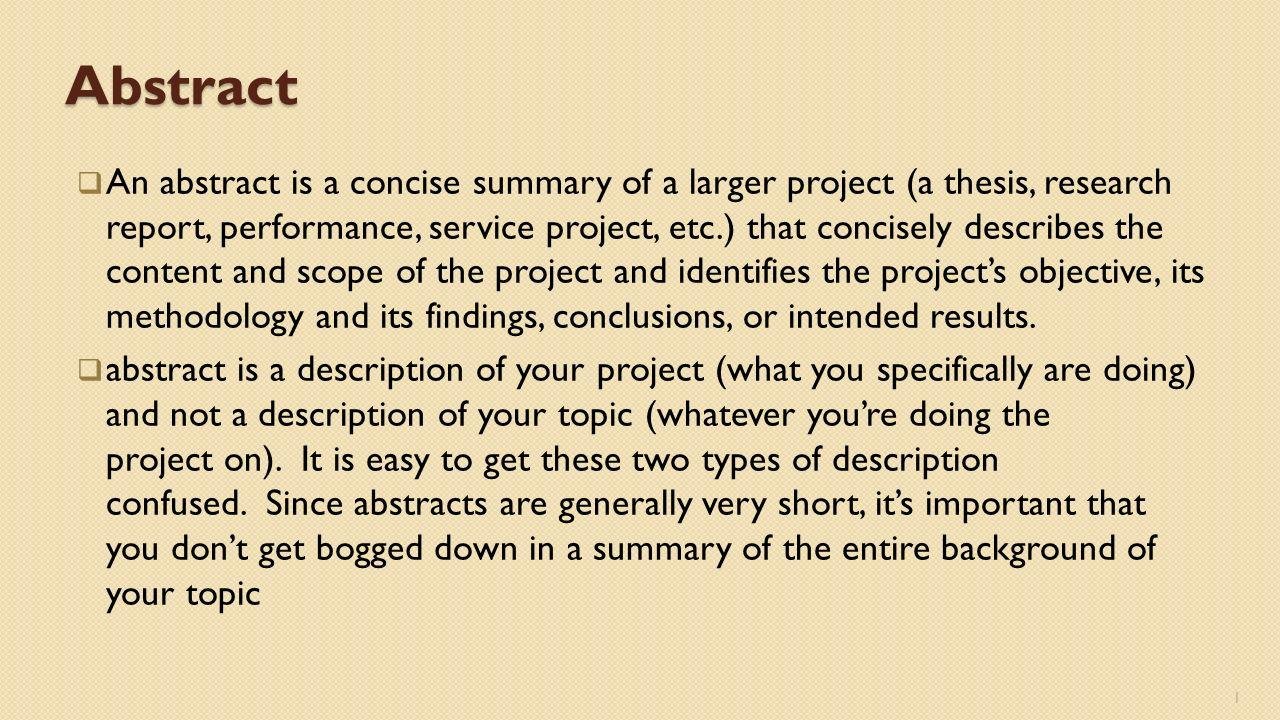
Crafting a Concise Abstract for Maximum Impact
When crafting an abstract, clarity and brevity are paramount. An effective abstract serves as a snapshot of your research, allowing readers to quickly grasp the essence of your work. Aim to distill your entire report into a few thoughtful sentences by addressing the following key elements:
- Purpose: What is the main objective of your research?
- Methods: Briefly describe the methodology used.
- Results: Highlight the key findings.
- Conclusion: Summarize the implications of your results.
To maximize impact, prioritize strong, action-oriented language that engages your audience. Avoid jargon and ensure your writing is accessible to a broad readership. A well-structured abstract helps not only in academic circles but also increases visibility in digital platforms. Below is a simple layout to follow:
| Abstract Component | Description |
|---|---|
| Purpose | State the main inquiry or hypothesis. |
| Methods | Outline key methods in a few lines. |
| Results | Present the most significant findings concisely. |
| Conclusion | Discuss the importance or future implications. |
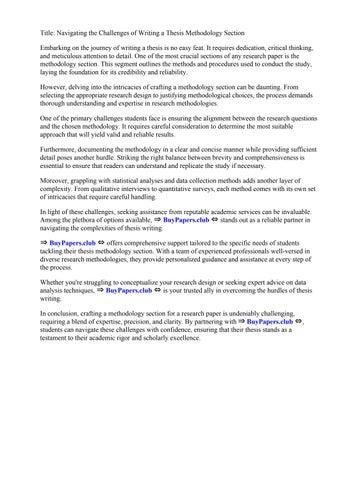
Structuring the Methodology Section for Clarity and Precision
Clarity and precision in the methodology section are essential for enabling readers to grasp the intricacies of your research. A well-structured approach involves clearly delineating your philosophical stance, methodological choices, and the rationale behind them. Begin with an overview that defines the research design, outlining the qualitative, quantitative, or mixed-methods strategies employed. This introduction should seamlessly transition into specific components such as data collection techniques and analysis methods, ensuring that each choice is justified in relation to the research questions posed. Consider using subheadings to organize your content effectively, allowing readers to navigate through the complexities with ease.
Moreover, incorporating visual aids like tables can enhance comprehension by summarizing key details succinctly. A sample table might include sections such as Data Collection Methods, Sample Size, and Analysis Techniques, each providing clear, concise information at a glance. For example:
| Data Collection Method | Sample Size | Analysis Technique |
|---|---|---|
| Surveys | 200 respondents | Statistical Analysis |
| Interviews | 20 participants | Thematic Analysis |
By meticulously structuring the methodology, you not only fortify the reliability of your findings but also empower your readers to replicate your study if desired. Each section should lead logically from one to the next, reinforcing the narrative and demonstrating the connections between your methods and the broader research objectives.
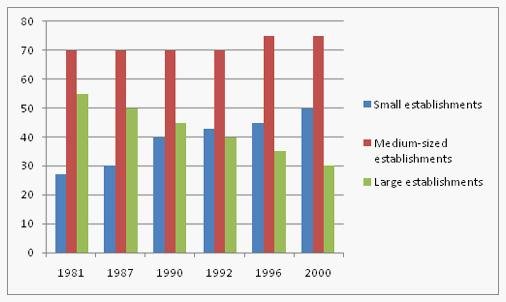
Interpreting Data: Best Practices for Results and Discussion
When interpreting data, employing structured methodologies can significantly enhance the clarity and impact of your findings. Initial steps should involve a thorough review of your datasets to identify overarching trends, anomalies, and patterns. This meticulous examination lays the groundwork for deeper analysis, allowing researchers to apply statistical methods effectively. Key practices include:
- Utilizing visualizations to illustrate data trends
- Employing statistical tests to validate hypotheses
- Documenting assumptions made during the analysis process
Once patterns are identified, the next stage revolves around drawing insightful conclusions and making recommendations based on the evidence presented. It’s vital to contextualize your findings relative to existing literature and frameworks, ensuring a well-rounded discussion. Here are some points to consider during this phase:
- Highlighting practical implications of the results
- Discussing limitations and potential biases
- Sugesting areas for future research to fill knowledge gaps
Future Outlook
understanding the components of a research report is essential for presenting your findings effectively and clearly. Each element, from the title and abstract to the discussions and conclusions, serves a distinct purpose, weaving together the narrative of your research journey. By mastering these components, you not only enhance the readability of your report but also ensure that your contributions are communicated with precision and authority. As you embark on your own research endeavors, remember that clarity and structure are your allies in conveying the significance of your work to the wider academic community. Now, armed with this knowledge, step forward and share your insights—after all, every report is a doorway to new understanding. Happy writing!




